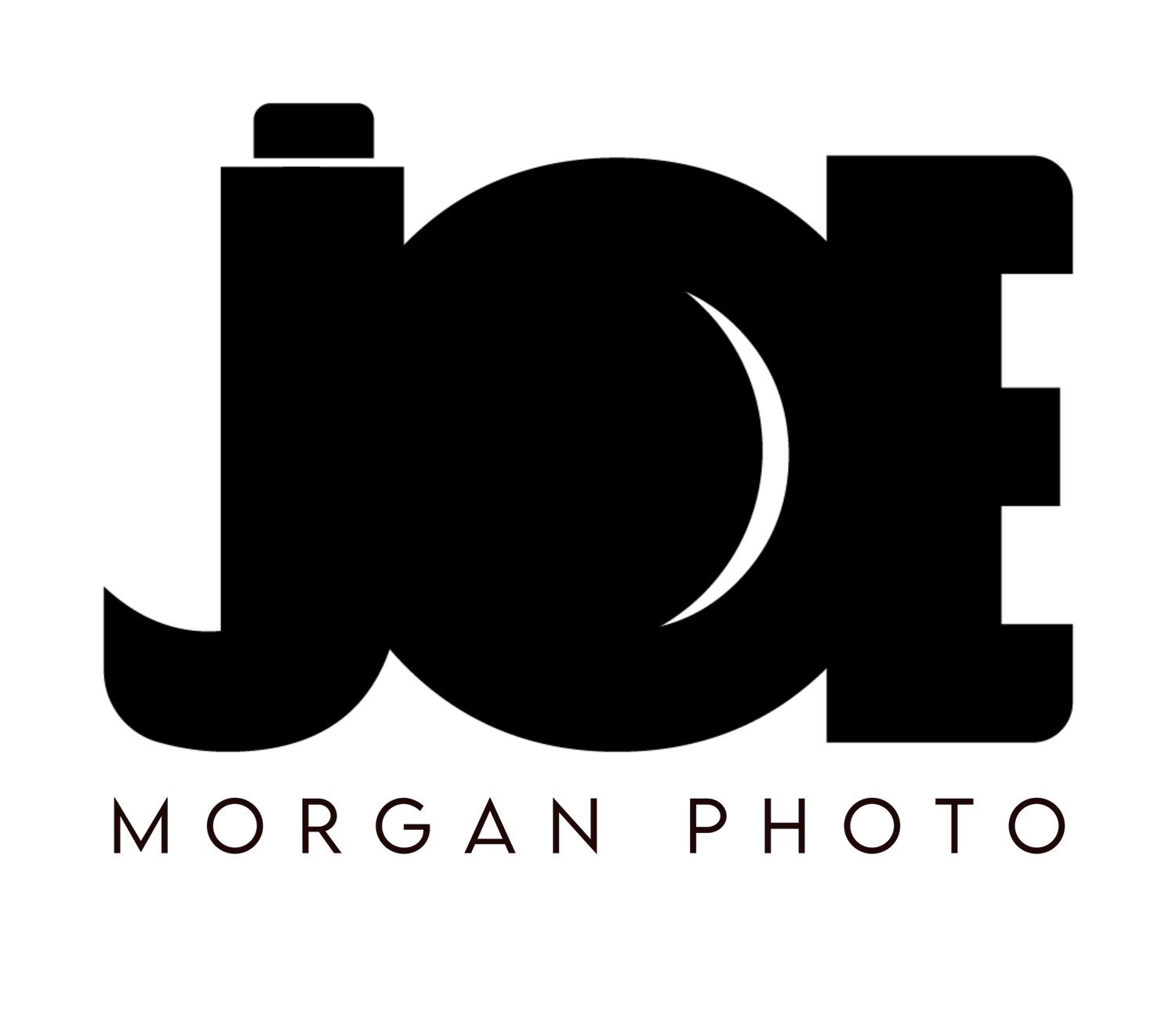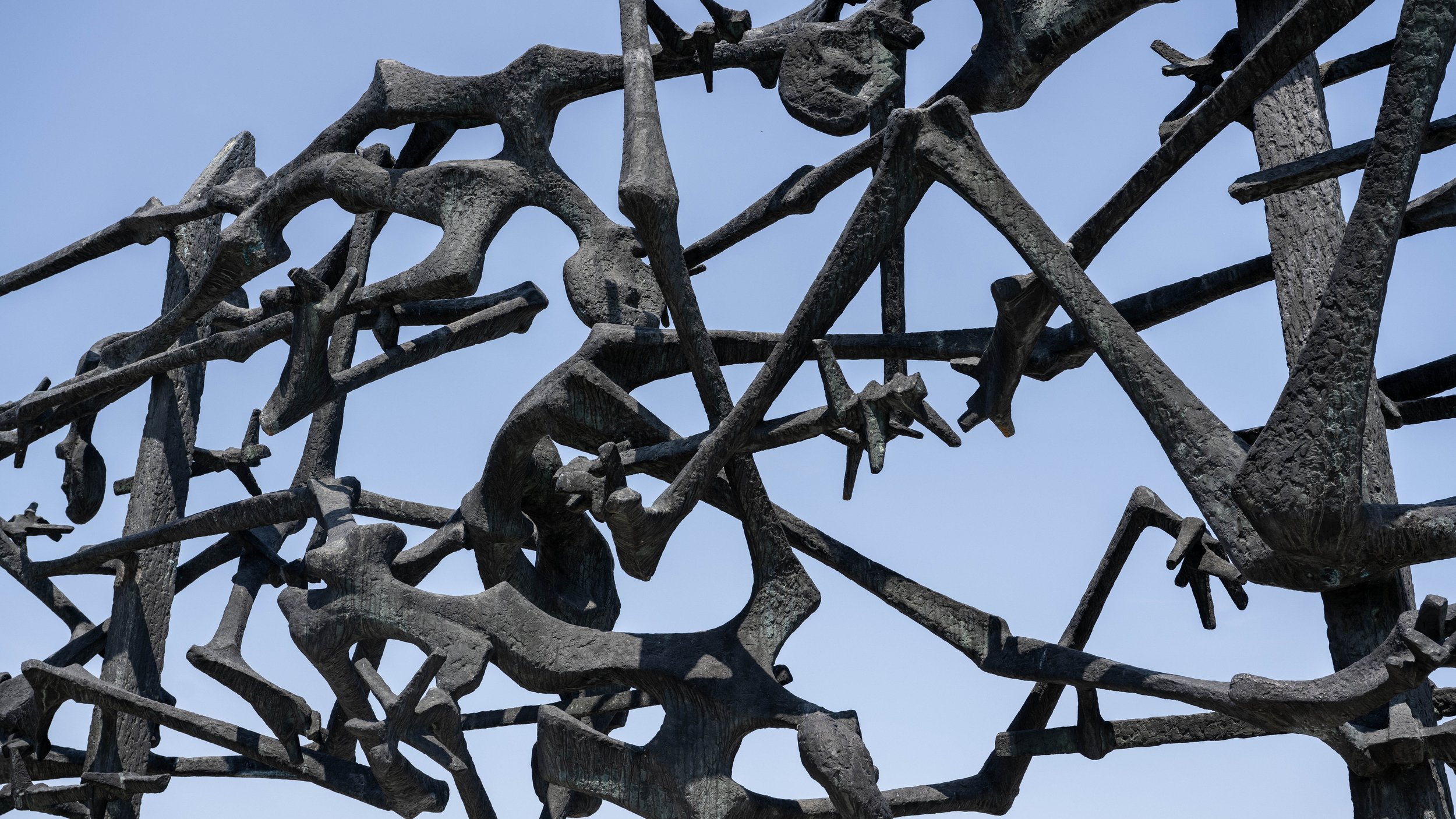
DACHAU CONCENTRATION CAMP
Yugoslavian artist and Holocaust survivor Nandor Glid created this bronze sculpture depicting emaciated human bodies caught in barbed wire.
I know many of us won’t get the chance to visit someplace like this.
Hopefully these photos and their descriptions I took during my visit give you a bit of immersion.
"May the example of those who were exterminated here between 1933 - 1945, because they resisted Nazism, help to unite the living for the defense of peace and freedom and in respect for their fellow men."
-
"Work sets you free," reads the metalwork upon the gate as you enter the concentration camp grounds. This was a propagandized slogan of the Nazi party and appeared here along with Auschwitz and other “camps”.
-
Dachau was the blueprint and testing grounds for every camp that came after it. This image shows the expanse of the Dachau system. The other concentration and extermination camps had similar systems.
-
Yugoslavian artist and Holocaust survivor Nandor Glid created this bronze sculpture depicting emaciated human bodies caught in barbed wire.
At the start of the war, when you were admitted to Dachau, you were given a classification triangle that would be sewn onto your uniform indicating the reason you'd been imprisoned. These reasons included homosexuality, homelessness, being a Jahovah’s Witness, political opposition, etc. You could be imprisoned for just about anything. This classification system made it easy for the SS to harass or assault you based on their individual prejudices. Psychologically, this created a class system of sorts amongst the prisoners.
-
This is the alleyway between the HQ/Maintenance building (left) and what is ironically called the camp prison which was reserved for important prisoners and experimental torture.
Dachau was originally considered a rehabilitation and reeducation camp for those who opposed the Nazi party.
-
One such method of torture involved standing cells. Prisoners were places in a square room roughly 2ft x 2ft and left to stand for days until their legs folded from exhaustion. They would then immediately be put to work and oftentimes shot for being too weak to work.
-
The prison and maintenance buildings are some of the few remaining original structures.
There were 34 barracks in total in Dachau. After the camp was liberated, the U.S. Army tore them down as most of them were dilapidated and unfit for living.
In 1933, prisoners beds were neatly framed and partitioned. Each prisoner had their own bed. Each bed had a shelf to remind the prisoners that they possessed nothing to put upon the shelves. This was a deliberate part of the dehumanization process.
“The floor was a holy place. No one was allowed to enter with wooden shoes or even slippers on their feet. Only barefoot or in socks, to protect the floor. As in the military, cleanliness and tidiness were a means of harassment, only here in the camp this was taken to a more diabolical level.”
By the end of the war, short on resources and overcrowded, the partitions and shelves were removed and prisoners would sleep in piles on top of one another.
“Conditions in most barracks turned altogether inhuman in 1944-1945. The number of prisoners in the camp rose to around 30,000 in late 1944, In some blocks, the SS were now cramming in up to 2,000 prisoners When a typhoid epidemic broke out in November 1944, more and more barracks had to be set aside for the sick and placed under quarantine. The barracks became places of dying.”
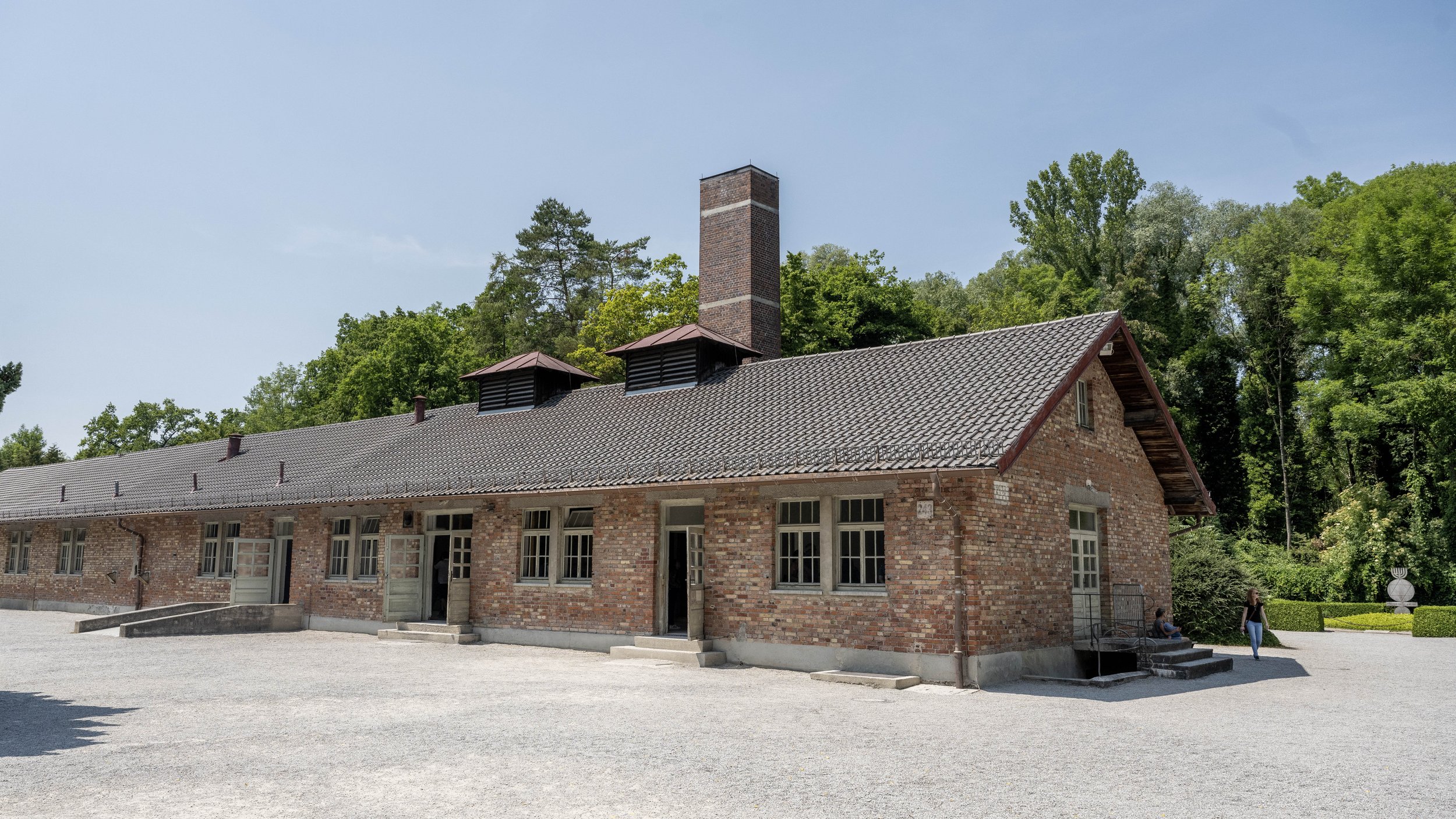
The Crematorium
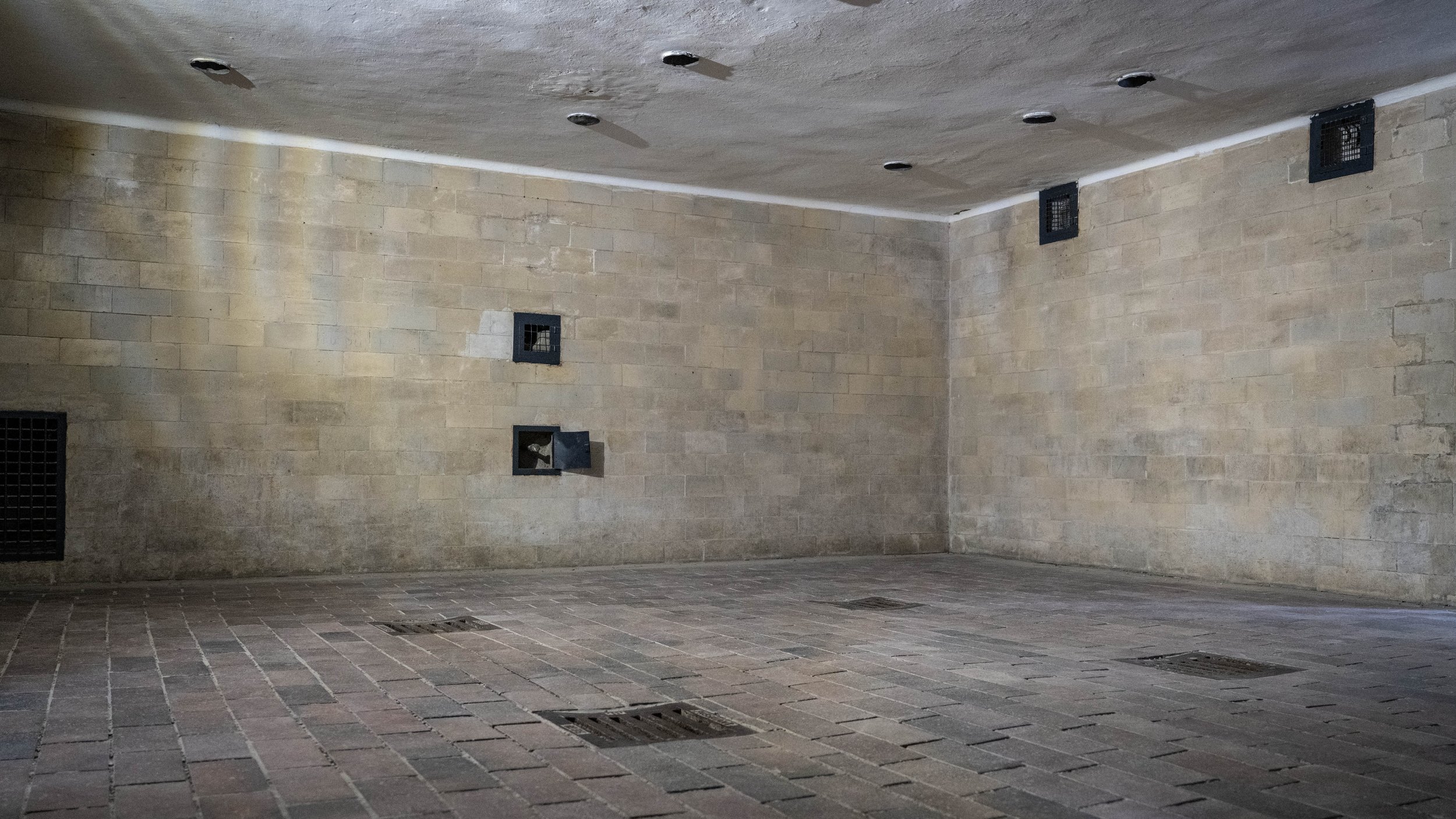
“shower”
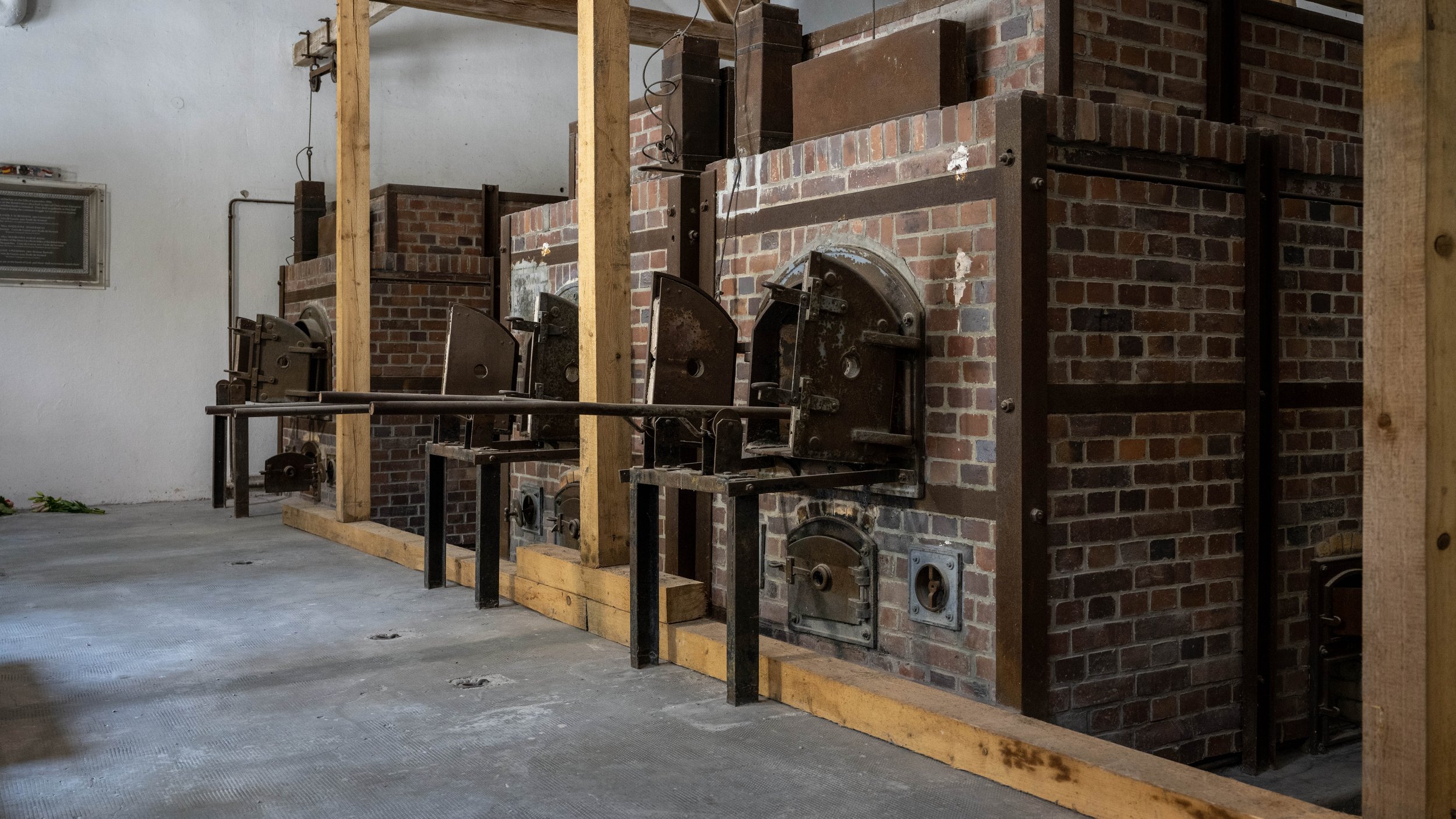
As a prisoner in the camp, you would've been considered sub-human. Two things "sub-humans" did not do were 1) step over the concrete line dividing the grass from the gravel and 2) look up, say at a guard tower, because to look anyone in the eyes was to consider them your equal. Both of these things all but guaranteed you a violent end.
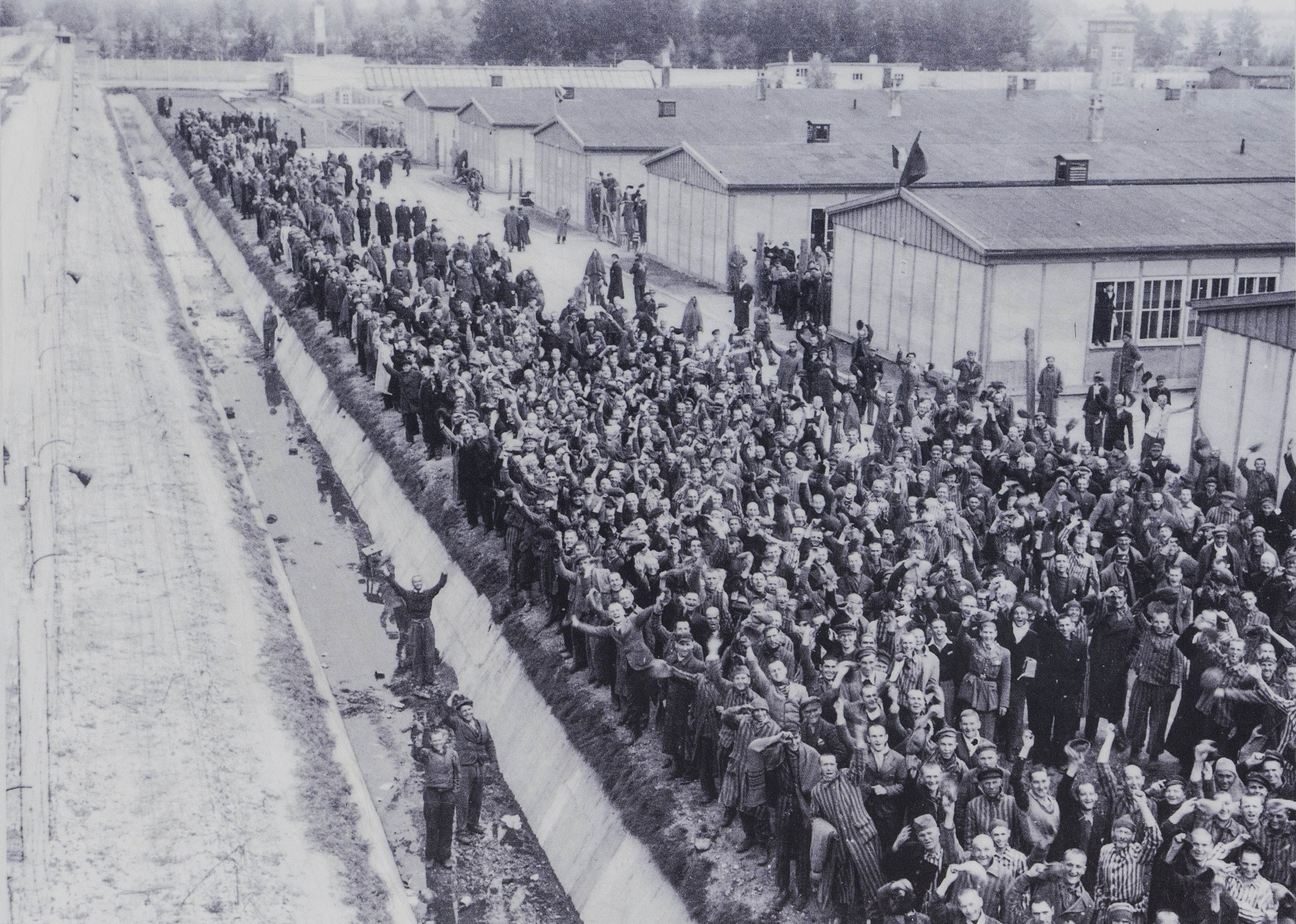
-
Dachau was never meant to be a death camp though it was certainly meant to be oppressive. As the war progressed and resources became thin, conditions at the camp worsened. Overcrowding and poor living conditions lead to disease. Outnumbered, the SS found every reason to “thin the herd.”
When the camp was liberated, U.S. troops found and then were tasked with repatriating and physically rehabilitating more than 30,000 prisoners.
RESOURCES
There are no shortage of resources chronicling the horrors of the Holocaust.
Here are a few.
